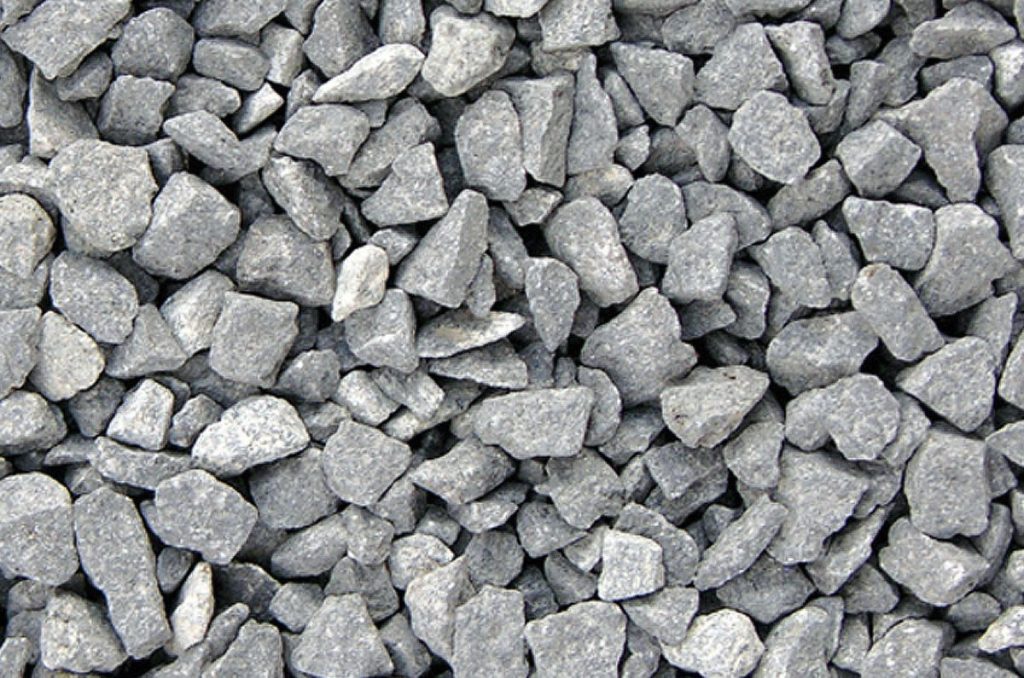Healthy Homes: Strategies for Enhancing Indoor Air Quality
An unhealthy Indoor Air Quality can have detrimental effects on the wellbeing of those who are in its. The result can be nasal, eye and throat irritations, allergies; headaches. In the long run, exposure to chemicals can lead to respiratory problems and can contribute to the development of heart diseases and cancer.
Most pollutants that degrade IAQ are derived from construction furniture, paints, and cleaning products. Low-emission materials are a great way to reduce harmful pollutants.
Volatile Organic Compounds
The majority of products we use every day, including the building material and cleaning chemicals release VOCs into the atmosphere. They are in many paints, solvents, perfumes as well as some cleaning chemicals. They can also be an ingredient in kerosene as well as emission from wood stoves. VOCs are a common problem in the house due to cigarette smoking, cleaning chemicals and paint, as as from outside infiltration. A high level of indoor VOCs may cause “sick build syndrome’.
Outdoor VOCs are an important cause of ozone at ground level, which is a constituent of photochemical pollution. The EPA regulates VOC emissions in order to keep they from reacting with the sun in order to produce ozone.
Several new construction products and materials emit VOCs which include insulation flooring, paints, flooring, and adhesives. For a safe and healthy construction, it is essential to designate low-VOC materials. Selecting products that are certified and accredited with the Declare Label, Cradle-to-Cradle, Global Green Tag and Product Lens certifications as well as the BREEAM’s Hea 02 Indoor air quality credit is a great way to lower VOC levels.

Formaldehyde Emissions
When building, the usage of products made from wood that have formaldehyde-based resins can result in high levels of formaldehyde offgassing into ambient air. The offgassing process can go on for months, and is worsened by high humidity and temperature levels.
Formaldehyde is known as a carcinogen. It is also known to cause respiratory irritation, eye irritation, bronchoconstriction, and asthma for some individuals. The skin, throat as well as the nose and eyes may also be irritated. It is also a precursor to other VOCs.
Formaldehyde has been found at elevated levels in numerous household products, including new wooden furniture and recently renovated melamine items; wood-based materials pressed using formaldehyde resins; urea-formaldehyde insulation foam; DIY projects like varnishing and painting; and also textiles. Utilizing pressed wood designated as CARB or ULEF or NAF compliant can lower the emission of formaldehyde.
Particulate Matter
The majority of building materials that are new for example, insulation and flooring contain asbestos that releases toxic fumes when damaged. These gases can pollute indoor air and boost the likelihood of an allergic reaction in people da 0x4. Exposed to dust particles could result in respiratory and heart conditions.
Diesel-powered construction equipment can be another pollutant to air. The equipment creates a great deal of carbon dioxide, carbon monoxide, nitrogen oxides and hydrocarbons which can affect the quality of indoor air.
Additionally, it is essential to choose low emitting building materials, and also to make sure that ventilation functions correctly to ensure that contaminants are kept out of your indoor space. High levels of indoor pollutants are a cause of poor health outcomes, including increased hospitalizations and deaths from respiratory and cardiovascular diseases. It is particularly true of specific groups of people, such as older people, children and those suffering from preexisting ailments. It is essential to minimize the amount of dust that is emitted during renovations with appropriate ventilation, as well as separating workspaces from unoccupied spaces.
Growing Mold
Molds are fungi which break down biodegradable materials within the natural environment. They also produce spores that consume more when they expand. This never-ending process is among the primary causes of pollution that we encounter in our natural environment. This is especially true in the case of mycotoxins produced by certain kinds of mold, which have a greater impact on health.
They are in almost all air, along with the soil and the wood used in construction. The main requirements for mold growth are sources of nutrients as well as oxygen and water. Most building materials, furnishings and dirt provide essential nutrients.
The airborne spores of mold could cause irritation to respiratory systems. Some sufferers also have fatigue or headaches. You can reduce the effects of microorganisms during and after construction projects by utilizing low emitting materials and also ventilation plans.
